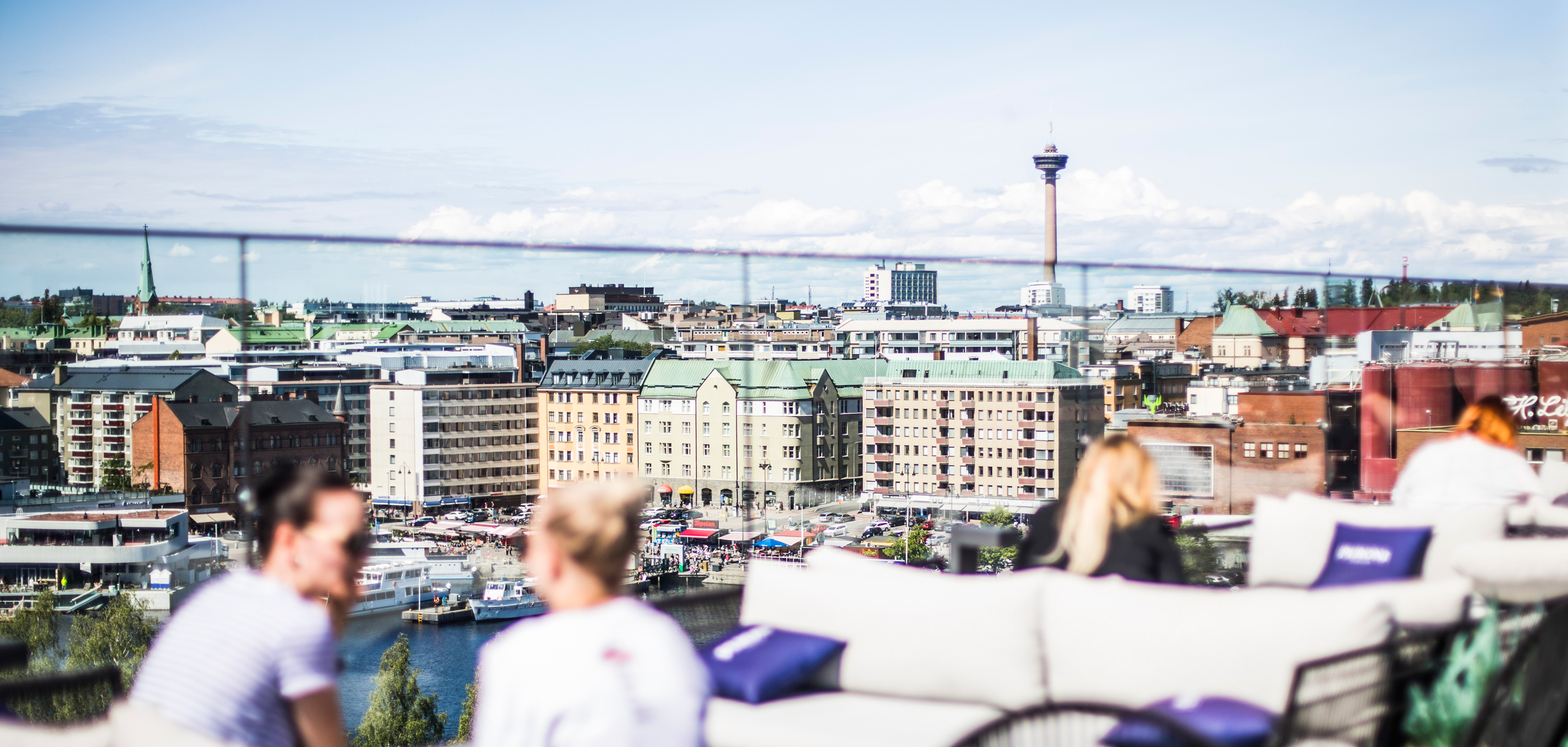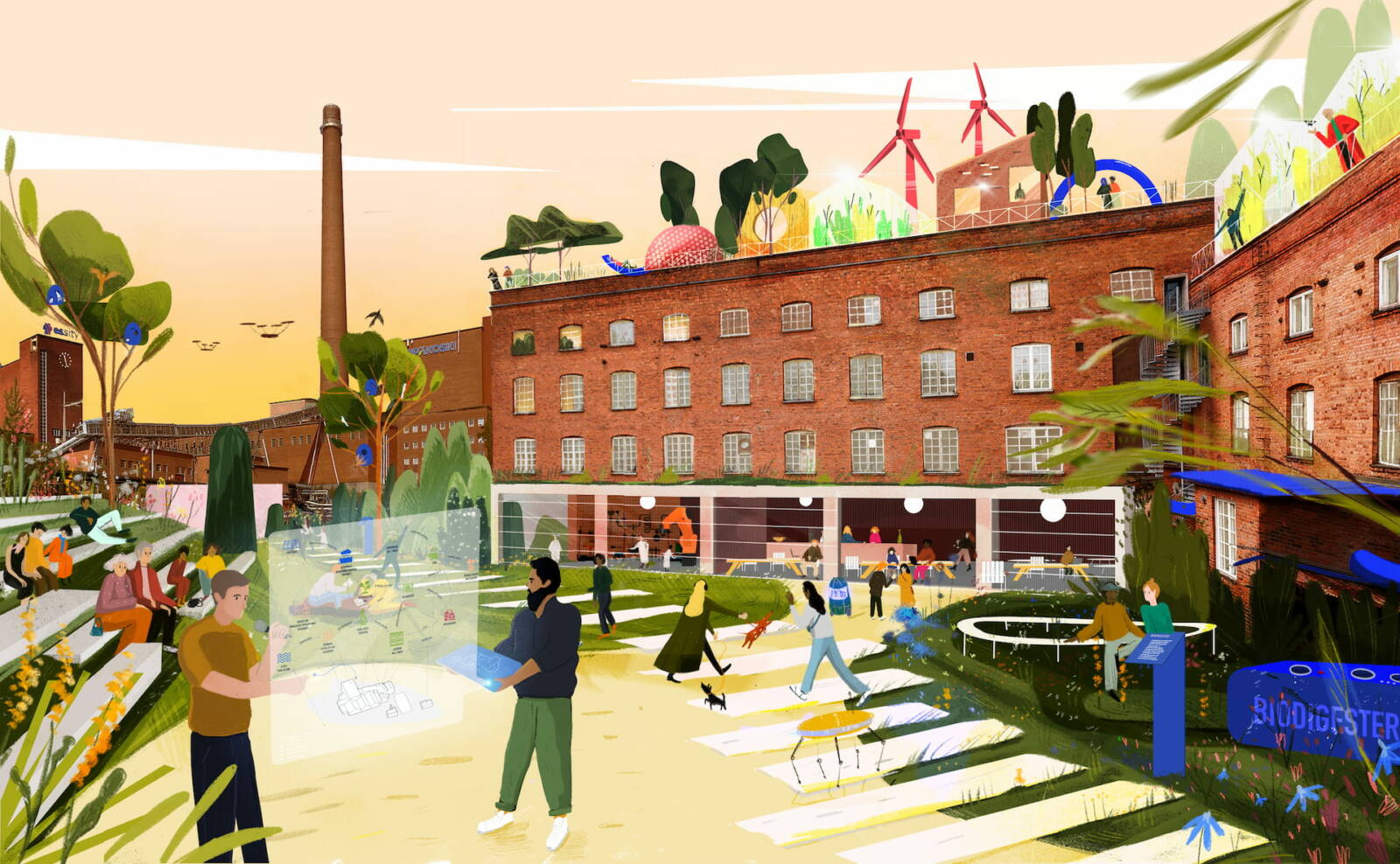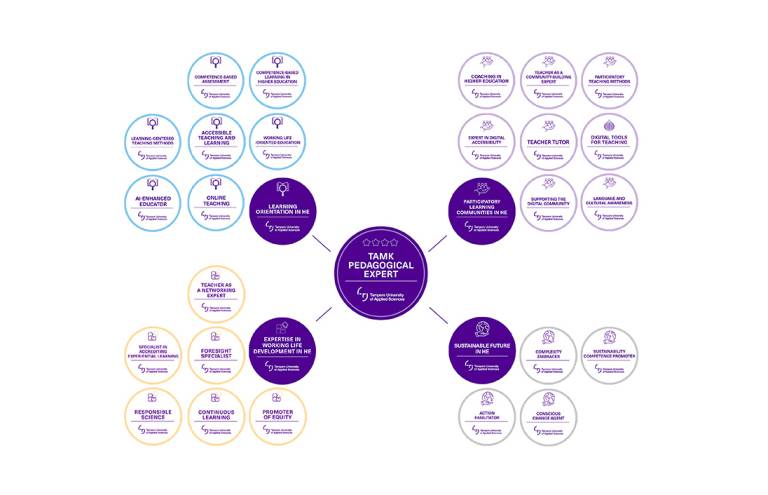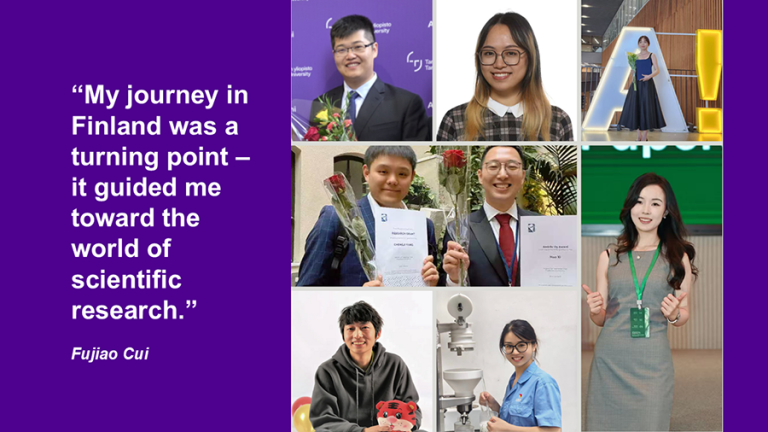My role involved conducting a study on Cireco’s ambitious project to transform the old Nokia Factory on Tehdassaari Island. This blog explores the insights gained from that study and reflects on how the experience aligns with my training and personal growth.
The Vision: A Sustainable Tehdassaari Island
The Nokia Factory’s transformation is a prime example of ESG-driven redevelopment. By fusing environmental sustainability, social inclusivity, and strong governance, the project is set to become a global model. Cireco Finland Oy’s approach highlights the critical balance between economic growth and responsible stewardship.
Environmental Performance: Leading with Sustainability
Though the full impact is yet to be realized, the groundwork is laid for major environmental gains. Plans focus on cutting greenhouse gas emissions and improving waste management through renewable energy and recycling initiatives. With 75% of stakeholders on board, this commitment to sustainability is setting a new standard for industrial redevelopment.
Social Impact: Empowering the Community
The project’s social impact is striking. By boosting community engagement and creating jobs, the Tehdassaari initiative is revitalizing the local economy. With 82% of stakeholders calling for more social inclusion and community events, the project is set to enhance social sustainability and deliver real socioeconomic benefits.
Governance: Upholding Transparency and Ethics
Effective governance is key to the project’s success. While progress has been made in transparency and ethical compliance, stakeholders see room for improvement in reporting and governance practices. Addressing these issues is crucial for maintaining trust and ensuring long-term success.
A Blueprint for the Future Projects
The Tehdassaari project offers a roadmap for heritage redevelopment. By integrating ESG principles, it sets a standard for future initiatives. Key takeaways include prioritizing community engagement, using sustainable materials, and establishing strong governance structures.
Conclusion: A Path Forward
The Nokia Factory’s transformation on Tehdassaari Island showcases the power of integrating ESG principles into industrial heritage projects. This initiative not only preserves historical value but also establishes a new benchmark for sustainable redevelopment. It shows that incorporating ESG practices is both feasible and beneficial for the environment, society, and governance. The study underscores that the synergy of ESG elements creates a robust sustainability model. Prioritizing local engagement and employment builds strong community support, while adaptive management ensures the project can effectively respond to challenges and stakeholder feedback
Reflecting on my internship at Cireco Finland Oy, I have gained invaluable insights into the practical application of ESG principles in a business context. This experience has enriched my understanding of how sustainability can be embedded into industrial projects and has expanded my professional network. It has also highlighted the importance of aligning business practices with broader sustainability goals, a lesson that will be instrumental in my future career in Business Sustainability.
Text: Bernard Kusi, Sustainable Systems and Circular Economy Strategist (TAMK alumni)
Picture: Sonia Dubois Illustrations, Space&Matter





